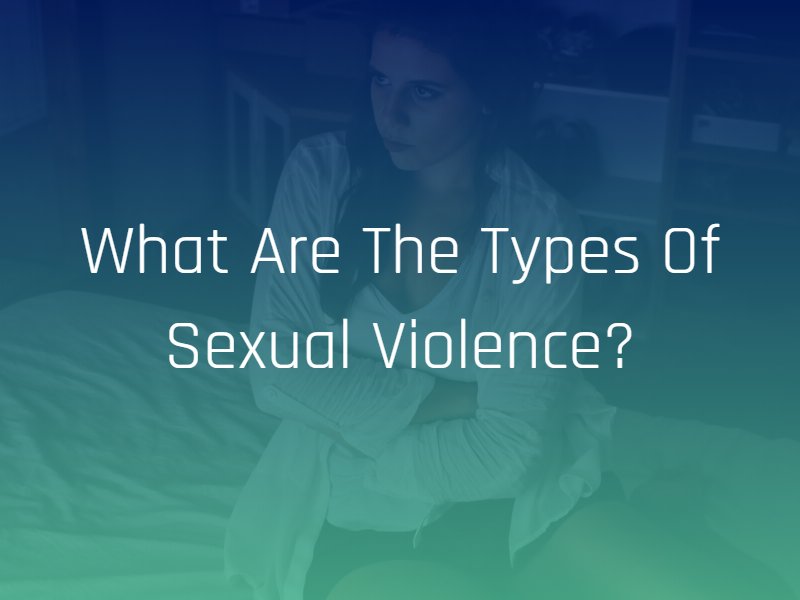Sexual violence is not a monolith. This term encompasses a number of violent acts, including sexual assault, domestic violence, harassment, and abuse. Understanding what sexual violence is — and the definition of each type of violence — can help survivors better understand their own experiences, empowering them to seek the help they need to recover.
#1: Sexual Assault
Sexual assault is a term that can refer to a number of different sexual acts that occur without the consent of the victim. Sexual assault can include unwanted touching, forced sexual acts, rape, and attempted rape.
For a sexual encounter to be consensual, both parties must give free, informed, and explicit consent. A person cannot obtain consent through force, intimidation, threats or coercion, and a person cannot give consent if he or she is mentally or physically incapacitated. Any sexual contact that occurs without the consent of all parties is an act of sexual assault.
#2: Rape
Rape is a form of sexual assault. Legal definitions of rape vary from state to state; some states describe rape as a specific act, while others use the crime as a blanket term for any act of sexual intercourse that occurs without consent.
In many places, rape refers to sexual penetration without the consent of the victim. Attempted rape is also a crime. Anyone can commit an act of rape, from family members and friends to strangers and casual acquaintances.
#3: Sexual Abuse
A pattern of ongoing, abusive sexual behaviors constitutes sexual abuse. Oftentimes, this abuse occurs between someone in a position of authority and someone who must respect this authority or trust. Abusive sexual behaviors may include sexual assault, as well as manipulation or grooming to force the victim to comply with and stay silent about the abuse.
Children may fall victim to sexual abuse at the hands of teachers, family members, and other trusted adults. In other cases, an adult who is a position of power, such as a medical professional, law enforcement officer, professor, or boss, can commit acts of ongoing sexual abuse.
#4: Sexual Harassment
Sexual harassment is a form of sexual violence that involves inappropriate sexual conduct, unwelcome advances, and other sexually charged actions or comments. This harassment may occur at work, school, or on the street, and may involve people who are in positions of authority.
Common forms of sexual harassment include the following.
- Repeated requests for sexual favors or dates
- Intrusive and inappropriate questions or comments
- Catcalling, whistling, or leering
- Unwanted touching, such as sexual touching or hugs
- Comments about a person’s body or sexual history
- Sexual gestures, innuendo, or jokes
- Instances of sexism, such as sexist jokes or stories
#5: Intimate Partner Sexual Violence
According to the Rape, Abuse, and Incest National Network (RAINN), the vast majority of sexual assault perpetrators have an existing relationship with the survivor. This extends to intimate partners as well — current or former spouses and partners commit 33% of sexual assaults.
Intimate partner sexual violence occurs when one partner commits an act of sexual assault, harassment, or abuse against the other. This type of sexual violence rarely occurs once, and one act can easily turn into repeated behavior. A pre-existing sexual relationship does not automatically imply consent.
Are You a Survivor of Sexual Violence?
The aftermath of any type of sexual violence can be devastating. If you are a sexual violence survivor, you deserve justice — and many options are available for you to seek help. Contact an Uber sexual assault attorney with survivor advocacy experience as soon as possible to learn about resources, legal pathways, and your possible next steps.

